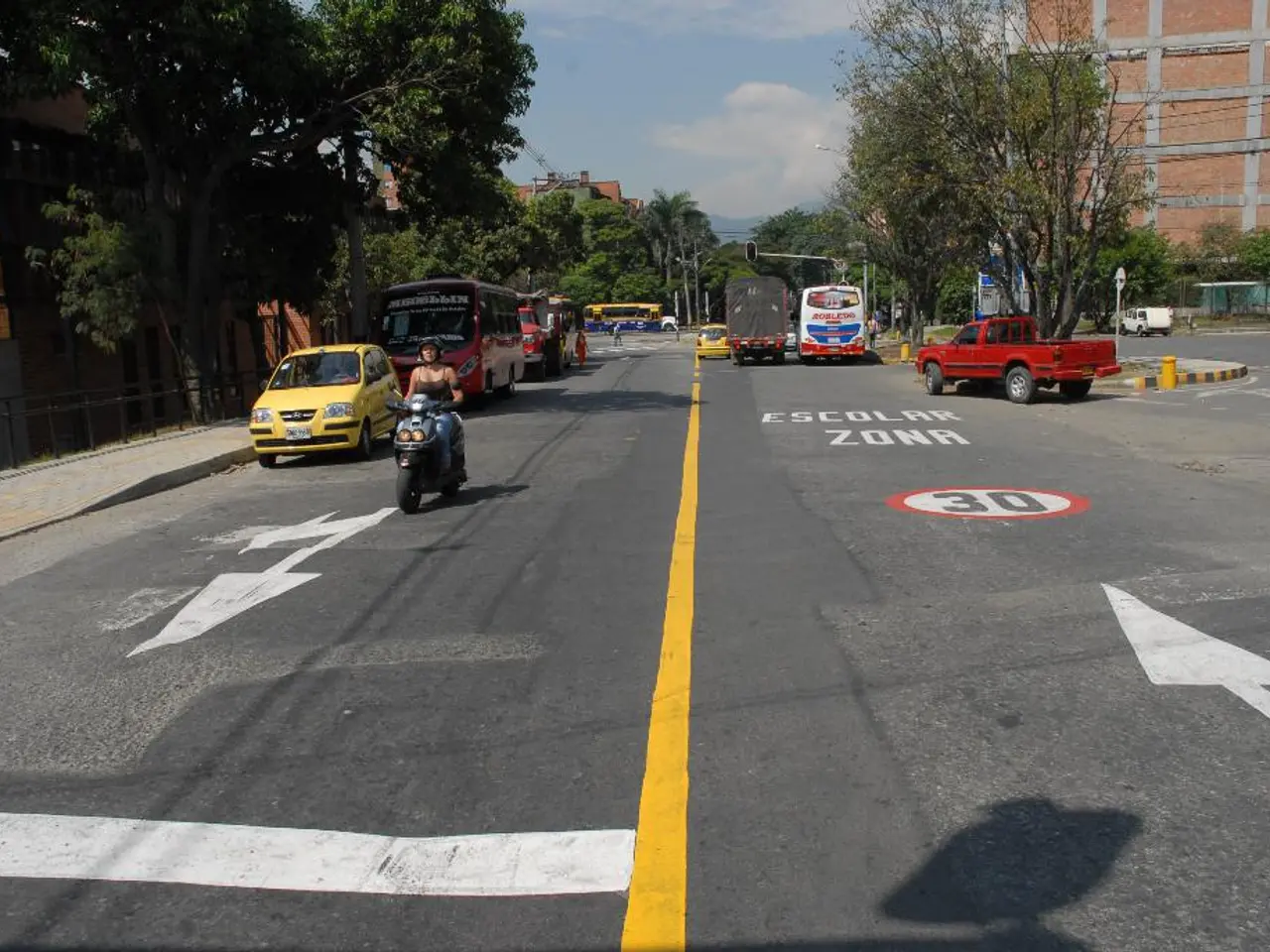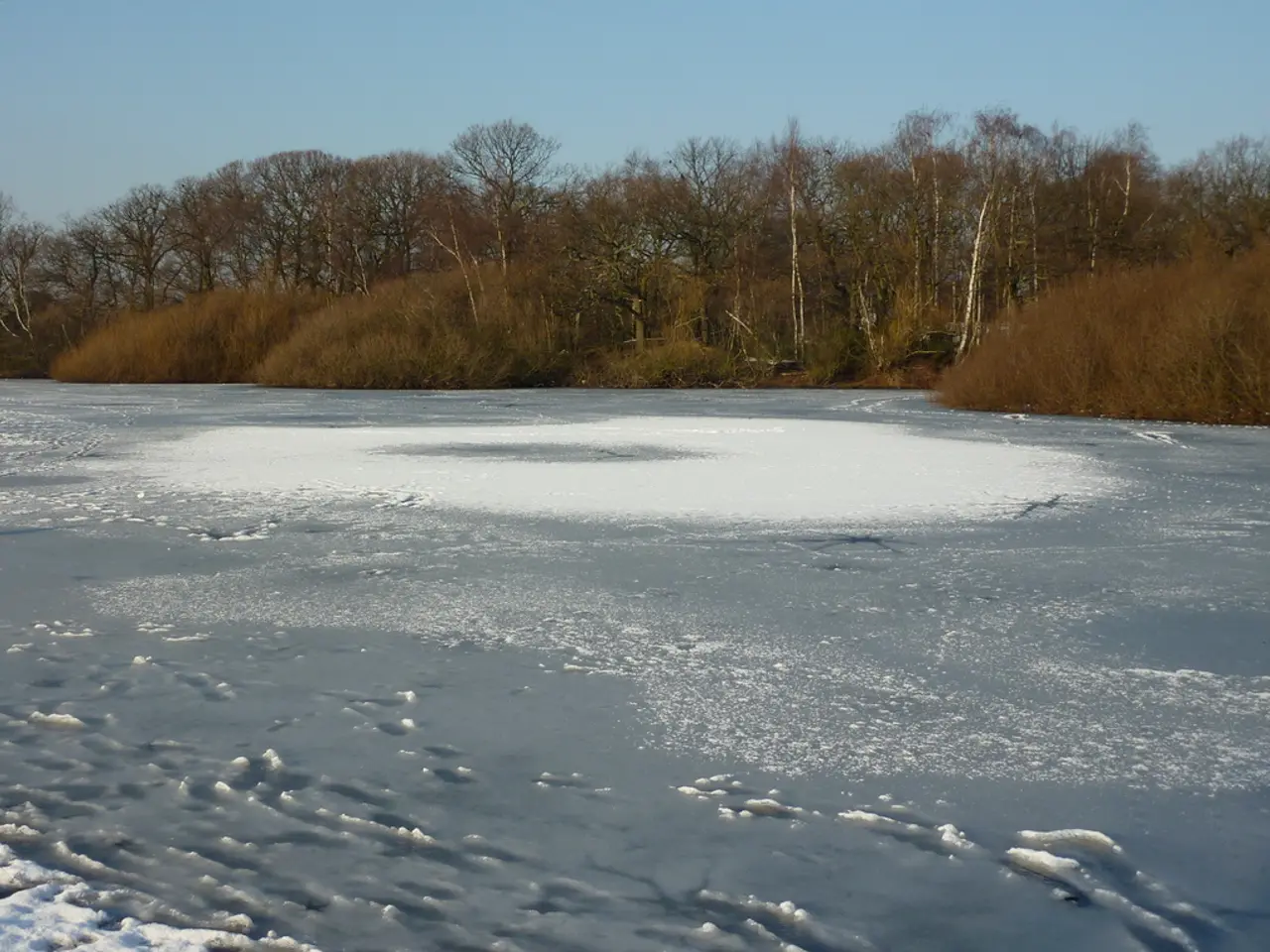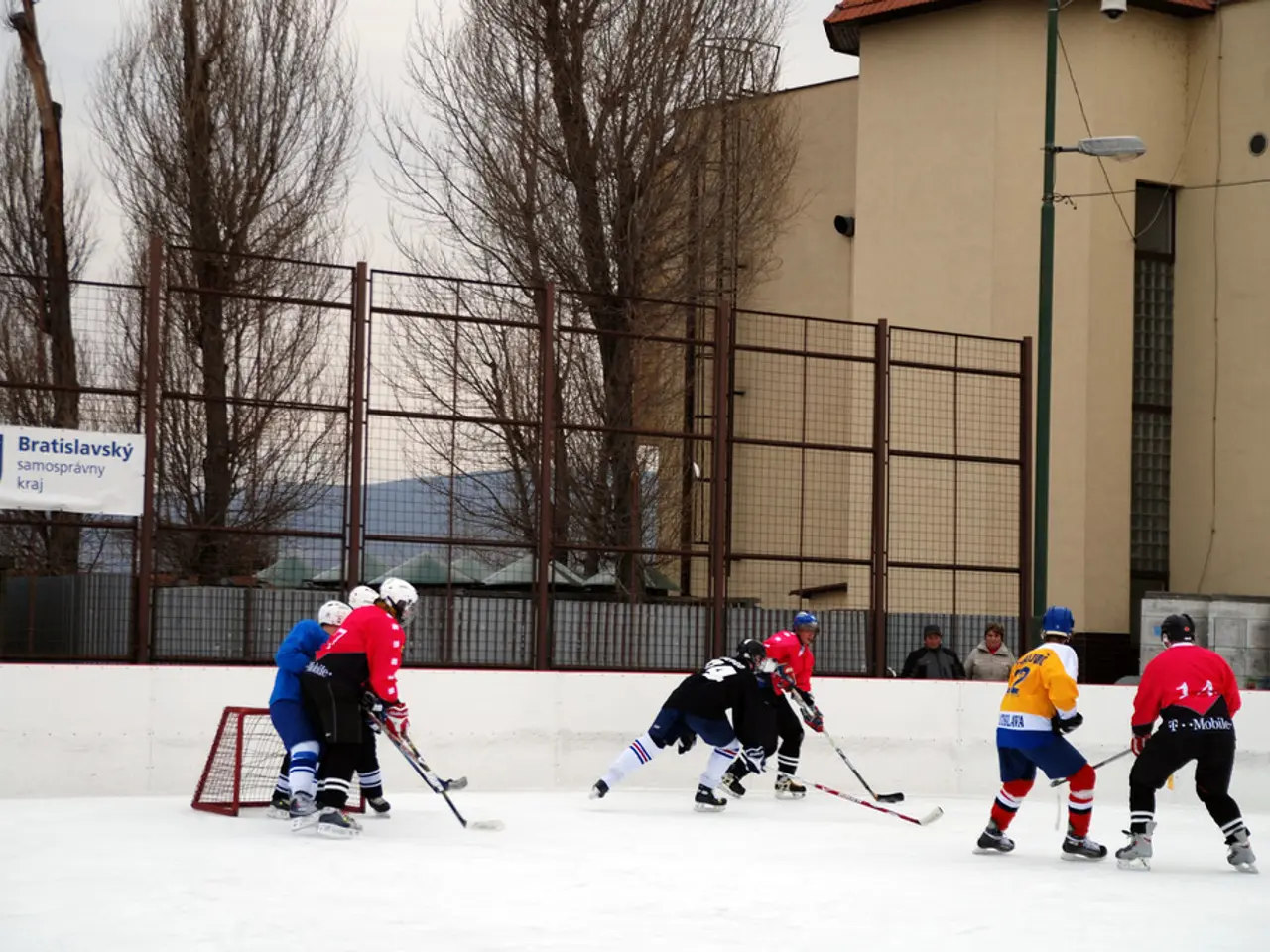Certain areas in Latvia experience distinct weather patterns.
In the heart of the Baltic region, Latvia experiences a unique weather pattern when it comes to summer rainstorms. The primary factors influencing these storms are atmospheric conditions such as moisture convergence, convective energy, and wind shear.
These elements contribute to the development and intensification of storm systems, with enhanced low-level moisture convergence and convective energy allowing storms to grow stronger, and deep-layer wind shear organising and sustaining them, particularly mesoscale convective systems (MCSs) which often produce heavy precipitation.
Local geographic features, such as lakes, rivers, hills, valleys, and man-made objects, also play a role in shaping these weather patterns. Lakes and rivers provide local moisture sources that can increase humidity and contribute to cloud formation and precipitation. Hills and valleys affect airflow patterns, potentially causing air to lift on the windward side of hills, which enhances cloud formation and precipitation. Man-made structures like buildings and urban areas can influence storm behaviour by altering local airflow and surface heating.
However, it is important to clarify that water bodies do not have a large influence on atmospheric circulation, nor do they drive away clouds. While these factors can influence local weather patterns, they do not regularly determine the behaviour of summer rainstorms and storm clouds in Latvia.
Recent reports suggest that rain clouds seem to hit certain areas more frequently, such as Spunčiems near Jūrmala side and Kurmene in the Bauska region. Conversely, more than 500 reports were received about places in Latvia where rain and storm clouds avoid. It is worth noting that these patterns are not exclusive to specific locations and a map of reports shows that all of Latvia is covered with places where storms and rain clouds pass more often than elsewhere.
Despite the increasing extreme precipitation in many seasons due to climate factors, summer increases in precipitation are surprisingly weaker. This suggests that local geographic effects and atmospheric dynamics interact in complex ways to modulate summer storm intensity and frequency in regions like Latvia.
Thunderclouds, large and visible from dozens to hundreds of kilometers away, can move chaotically and weaken and strengthen as they move. However, this does not cause regular rain in some places more than others. Human psychology also plays a role in the feeling that it is raining elsewhere but not where one is.
In conclusion, summer rainstorms in Latvia are shaped by a complex interplay of atmospheric moisture, energy, and wind patterns, with local water bodies and terrain features affecting how these storms develop, strengthen, or weaken. Man-made structures also play a role by modifying local microclimates that can impact convective activity and rainfall distribution. While it is important to be aware of these factors, it is essential to remember that they do not determine the behaviour of summer rainstorms and storm clouds in Latvia in a uniform or predictable manner.
- In the heart of Vidzeme, Latvia, summer rainstorms are deeply influenced by atmospheric conditions such as moisture convergence, convective energy, and wind shear, which play significant roles in storm development and intensification.
- Lakes and rivers in Latvia, like those in Spunčiems near Jūrmala side and Kurmene in the Bauska region, can serve as local moisture sources, potentially contributing to cloud formation and precipitation during these storms.
- The environmental science behind these storms reveals that these water bodies and terrain features may impact how these storms develop, strengthen, or weaken, but they do not drive away clouds or regularly determine the behavior of summer rainstorms in Latvia.
- Human psychology, as well as media reports, might give the impression that rain patterns in Latvia are unevenly distributed, but the evidence points towards a more complex interplay of atmospheric dynamics and local geography modulating the intensity and frequency of summer storms across the country.








